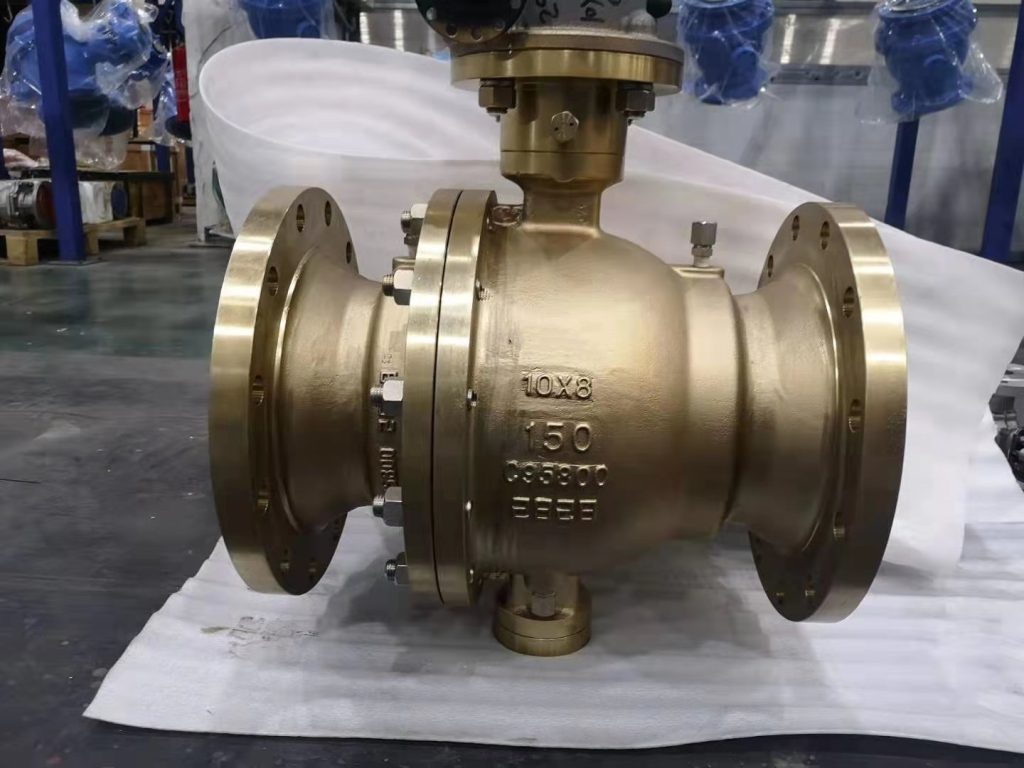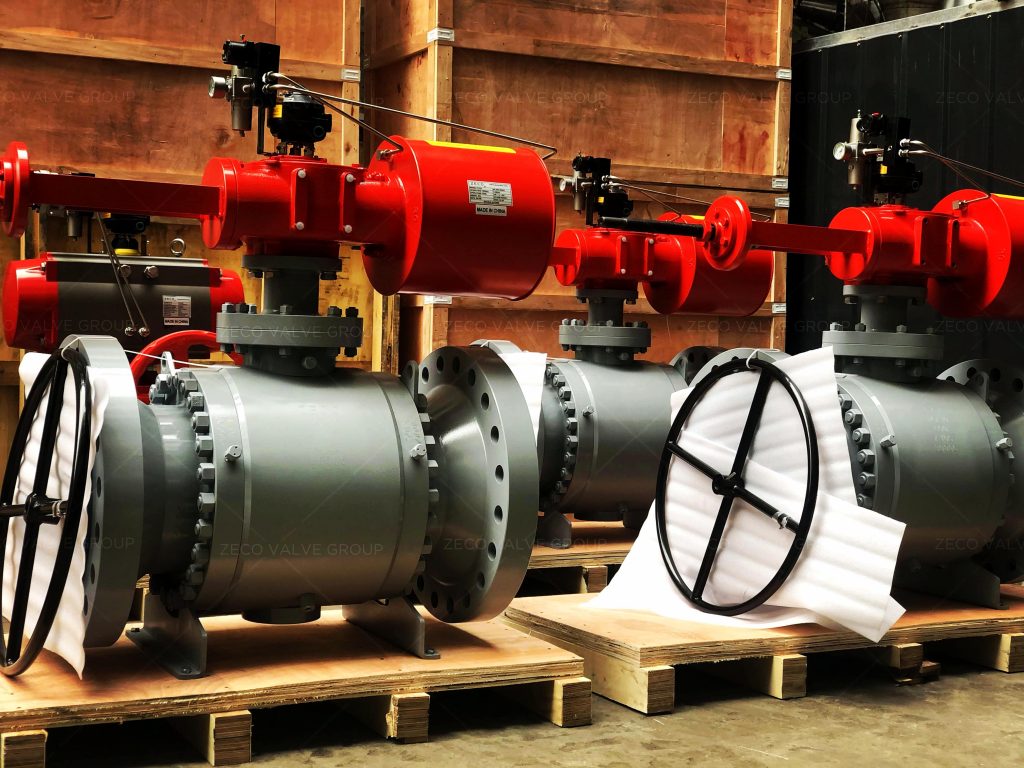Variable Frequency Drive (VFD) induction motors have become a cornerstone in industrial applications, offering unparalleled energy efficiency and control over motor speeds. These motors, coupled with VFD technology, adjust the motor’s frequency and voltage to precisely regulate the speed and torque, making them ideal for operations requiring variable speeds. This article will explore the working mechanism of VFD induction motors, their benefits, and how they contribute to energy savings and optimized performance across various industries. We will also delve into the growing use of geosynthetics in industries where VFD motors are integral, such as construction and manufacturing.
What is a Variable Frequency Drive Induction Motor?
A Variable Frequency Drive (VFD) induction motor is a type of electric motor that is powered and controlled by a VFD. The VFD adjusts the frequency and voltage supplied to the motor, enabling precise control of the motor’s speed and torque. This adaptability makes VFD induction motors a preferred choice for industries that require varying speeds for different processes, such as pumps, fans, and conveyor systems. The induction motor itself is a type of AC motor that operates on the principles of electromagnetic induction, using a stator and a rotor to generate motion.

What Are the Advantages of Using a VFD Induction Motor?
The primary advantage of using a VFD induction motor is its ability to precisely control motor speed, which leads to significant energy savings. By adjusting the motor’s speed to match the load, VFDs reduce the energy consumption compared to traditional motors that operate at a constant speed regardless of demand. This energy efficiency can reduce operational costs and extend the lifespan of both the motor and connected machinery. Other benefits include smoother starts, reduced mechanical stress, and the ability to integrate easily into automated control systems.
How Does a Variable Frequency Drive Work?
A Variable Frequency Drive operates by converting incoming alternating current (AC) to direct current (DC) using a rectifier. The DC is then inverted back into AC with the desired frequency and voltage via an inverter. This process allows for precise control over the motor’s speed, as the frequency of the AC power directly correlates to the motor’s rotational speed. The VFD can adjust these parameters in real time, enabling operators to fine-tune motor performance for different applications and load conditions.
How Are VFD Induction Motors Used in Industries with Geosynthetic Applications?
VFD induction motors play a significant role in industries that incorporate geosynthetics, such as construction, environmental engineering, and geotechnical applications. For example, in the production of geotextiles, geomembranes, and geogrids, VFD motors are used to control the speed of machinery that processes raw materials into finished products. The flexibility in motor speed allows for optimal performance, ensuring the quality of geosynthetic materials while maintaining energy efficiency. Additionally, in construction projects where geosynthetics are employed for soil stabilization or drainage, VFD-driven pumps and fans are used for efficient operation in challenging conditions.
Variable Frequency Drive induction motors represent a powerful solution for controlling motor speed and optimizing energy use in industrial applications. With their ability to adapt to varying loads and conditions, VFD motors reduce energy consumption, improve system efficiency, and increase the lifespan of equipment. These motors are crucial in industries that rely on geosynthetics, ensuring precise and energy-efficient operations in processes such as manufacturing geotextiles and managing environmental projects. By embracing the benefits of VFD technology, businesses can achieve enhanced performance while contributing to sustainable practices and cost savings.
